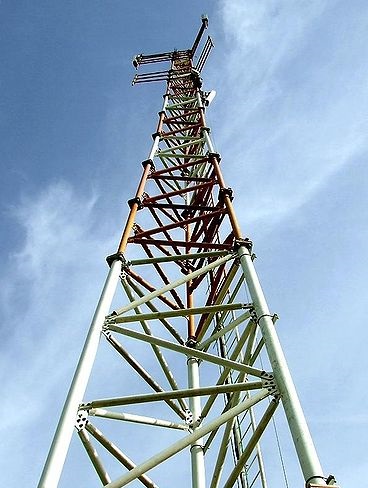The Mumbai Central Train Station in India will now allow smartphone and tablet users to connect toll-free.
Google has now launched a free WiFi service at the Mumbai Central Train Station in India, which will allow passengers to be able to use their mobile devices to connect to the internet at no cost.
Upon the initial roll out, everyone from train passengers to vendors at the station shops were logging on.
Though that one Mumbai train station is the first to receive the free WiFi from Google, it won’t be the last. The plan is to connect 400 stations in order to considerably expand the reach of the company throughout the country. The initial impression that passengers were expressing was quite a positive one, as they used their smartphones and tablets to keep connected and occupied as they waited for their trains. According to Divya Patel, a student who was waiting to head home to Gujurat from Mumbai, “If my train is leaving, and I need to search, don’t know where to go, then immediately I will get the answer.” She also added that “This is very good, and good for everyone.”
This free WiFi is meant to be highly appealing in a country where there are 6 million new monthly internet users.
 The population of India is a tremendous 1.25 billion. As this market experiences an exceptional growth in the number of people who are connecting to the internet, tech giants are paying close attention to the potential this offers them in mobile technology and related services. Google isn’t the only player that has been working to connect with this market, as other giants such as Microsoft and Facebook, in addition to eBay and Amazon have been trying to gain the attention of Indian consumers.
The population of India is a tremendous 1.25 billion. As this market experiences an exceptional growth in the number of people who are connecting to the internet, tech giants are paying close attention to the potential this offers them in mobile technology and related services. Google isn’t the only player that has been working to connect with this market, as other giants such as Microsoft and Facebook, in addition to eBay and Amazon have been trying to gain the attention of Indian consumers.
Of course, Western companies aren’t the only ones tapping into the mobile technology boom in India. There are also a number of e- and m-commerce companies from within India that have been reaching out to the population. While it’s true that they are notably smaller than the western corporations, they are experiencing their own significant growth due to the sheer size of the market and its opportunity.
There are over 23 million people who ride trains in India every day, and Google is hoping to appeal to those commuters by adding its free WiFi to the stations where those individuals spend a great deal of time waiting.

 The TRAI principal advisor, Suresh Kumar Gupta, underscored that the government in India has worked very hard in partnership with the telecom department and with TRAI in order to be able to “implemented stringent emission norms that ensure no adverse effects on human health from mobile tower emissions.” When speaking at an interactive session about the impact of EMF radiation on human health, Gupta controversially explained that the mobile tower radiation is “nothing more than radio waves whose energy and frequency levels were far too low or weak in strength to present any risk or hazard to health.”
The TRAI principal advisor, Suresh Kumar Gupta, underscored that the government in India has worked very hard in partnership with the telecom department and with TRAI in order to be able to “implemented stringent emission norms that ensure no adverse effects on human health from mobile tower emissions.” When speaking at an interactive session about the impact of EMF radiation on human health, Gupta controversially explained that the mobile tower radiation is “nothing more than radio waves whose energy and frequency levels were far too low or weak in strength to present any risk or hazard to health.”